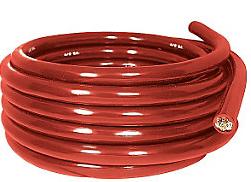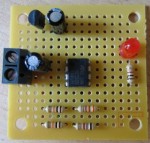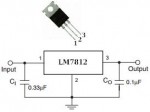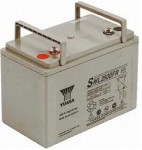Line Losses Calculator
Line Losses Calculator
An automatic calculator to work out line losses in DC powered systems
home > storage | generalIn our article Minimising Line Losses in RE Systems we looked at how the diameter of wire (cable) should be selected to ensure that line losses (i.e. energy lost when the current flowing through a wire heat it up) are kept below 10%.

If you are interested in understanding the equations which are used to make the calculations below, then we recommend you read the article linked to above.
Wire Size Calculator
Enter the peak charging voltage (volts DC - e.g. 14V to 20V for a 12V rated wind turbine), wire length (metres), peak current (Amps), and maximum acceptable power loss (%, we suggest 10% or lower), and click Calculate to view the minimum cross sectional area of the wire you should use.To convert the above wire cross sectional area to AWG, mm diameter, or inch diameter, click here to go to our Automated AWG Wire Size Converter. Remember to choose a wire with a slightly larger cross sectional area than that recommended above to ensure that power losses are below your maximum acceptable percentage.
Line Losses Calculator
Alternatively use the calculator below to work out the line losses for a system with a given wire size (diameter measured in mm).Comment on this Article
If you have any comments on this article, please email them to neil@reuk.co.uk.Related Articles and Products
More from the REUK.co.uk website:| Simple Low Voltage Disconnect with NE555 Make your own simple low voltage disconnect with an NE555 timer  | Deep Cycle Batteries For Sale Buy a deep cycle battery for your solar or wind system  | Interconnecting Batteries for Battery Bank Find out how best to connect batteries together into a battery bank  | 24V 12V DC DC Converter Find out how to use a 24V battery to power 12V devices  |
| Battery Terminals Find out how to connect cable safely to the terminals of a battery or battery bank  | Understanding Batteries Learn more about all types of batteries - particularly rechargeable batteries  | Fuses for Power Inverters Find out more about fuse protection of power inverters used to convert battery bank DC voltage to mains voltage AC  | Make a Simple Battery Status Monitor Monitor battery status with this easy electric circuit project - no skill required!  |
storage, general.